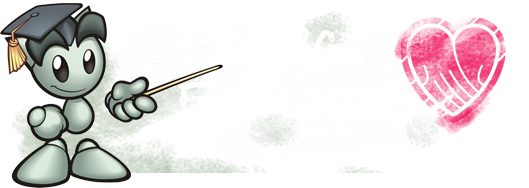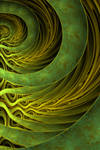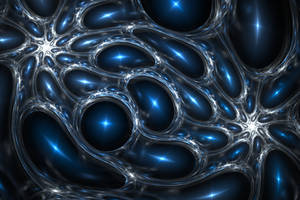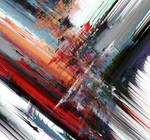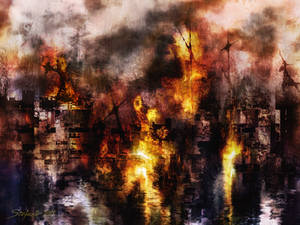Fractals have wide application in the modern world, and can be used for purposes as simple as basic screensavers or as complicated as detailed environment generation in games and movies. While fractals can be used as tools, they also can be used to create beautiful, abstract, and awe-inspiring artwork in a virtually limitless number of ways. This article will attempt to do a quick summary of fractal artwork, from basic applications of fractals in artwork, to a look at the community itself.
Stylish Pixels: the Versatility of Fractal Art
There are three "categories" that I consider encapsulate fractal art as a whole:
- Fractals as "objects" that can be "photographed."
- Fractals as "brushes" that paint and shape various sections of the fractal.
- Fractals as "paint."
At a basic level, fractal artwork is fundamentally created by mathematical equations. As with photography, you can capture the "state of being," or the raw equations behind a fractal at face value. From something as simple as a basic render of a Mandelbrot set to something as ornate as a 3D, futuristic cityscape, the fractal itself serves as the major point of interest and provides you with all the detail that you will have in your fractal. This makes presentation an essential stage of creating these fractals: framing, coloring, and atmosphere are critical elements that add dimension and depth to the artwork.
These types of fractals are most prevalent in 3D fractals, as programs creating them typically allow users to create and then navigate through 3D space to frame and capture a "snapshot" of the fractal from a certain position. 2D fractal artwork contains some of this, however they tend to use multiple layers of these fractals with different settings to include additional details and textures to the initial fractal.
Many artists create fractals that emphasize certain patterns and shapes, focusing on specific patterns or parts of a fractal that are interesting. Similarly, fractals can be made of many separate elements that are merged together into a piece of artwork, and modified to create interesting patterns, such as spirals and tiles. When using fractals to "paint" certain sections of the image, it also is possible to add details that are "painted" to complement the rest of the fractal, as well as add color to each part of the image. These are the most common type of 2D fractals.
In addition to creating interesting shapes, fractals can be used to to "paint" images: heavy abuse of their geometric properties allows artists to make a fractal free-form or seemingly unfractalline in appearance. The fractal properties of the artwork are always present, however they may require closer visual inspection to notice: they sometimes may provide an obvious shape and flow, but they also can be obscured in dense color, disguised as texture, hidden in depth and blurs, or presented in a way that hides some of the fractal qualities. Fractals made in this style tend to be considered "abstract fractals" because they don't necessarily advertise themselves as fractals, and often to focus on composition and presentation in a non-fractal way.
An Insider's Perspective
Of course, the categories above are nothing but generalizations about how fractals can be utilized in artwork. From an insider's perspective in the fractal community, styles are not categorized by how fractals are applied to artwork, but rather specifics of how fractals are set up. As fractals are not the most intuitive artwork to create, many tutorials created to share techniques and knowledge have become some of the most well-known styles of fractal artwork currently pursued in the fractal community. Despite this, there are still is vast diversity in how it has been applied by artists in their artwork.
One of the greatest assets in the fractal community, therefore, is the community itself. The fractal community here on DeviantArt is one of the largest, tightest-knit, and helpful communities that I have been a part of, and continually provides support and tips to artists of all skill levels. I feel that involvement in the artistic community is integral in the pursuit of art: it exposes artists to multiple viewpoints, skills, and ideas that can help them grow, learn, and help others. The best way to participate in the fractal community, my opinion, is to join #Aposhack, one of the longest-standing fractal chatrooms on the site. Anyone looking for help getting started, with a general interest in fractals, or even wanting friendly conversation should consider participating in chat. Even outside of chat, many artists are more than willing to provide help and support if you ask them questions, but the ability to actively talk with other artists in real time is perhaps one of my favorite ways to be a part of the community.
